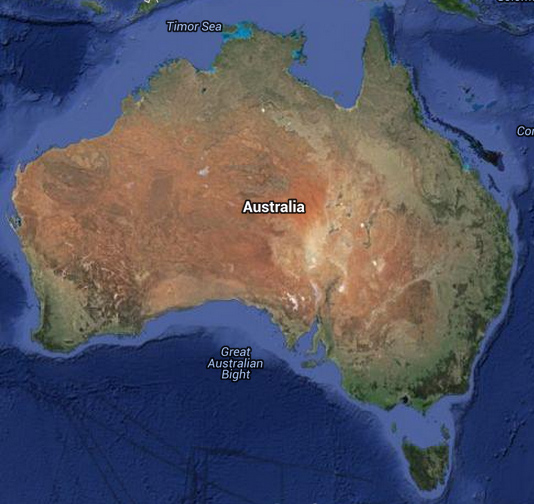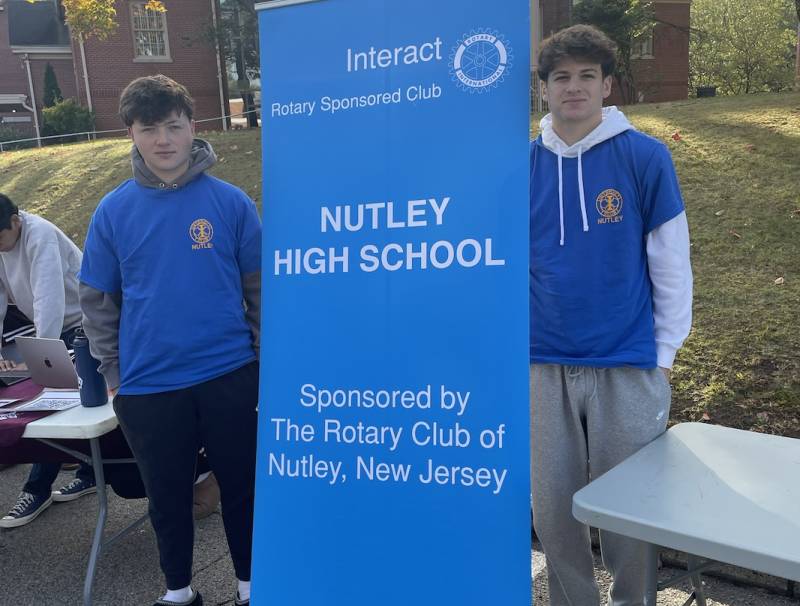The Elusive Night Parrot's Drama-Filled Return
The Night Parrot (Pezoporus occidentalis) is a rare species of ground parrot that is found in Australia. There are a very limited number of them in the wild, and few even know of their existence. They are a rather stout species of parrot, staying low to the ground with their green and brown plumage helping them camouflage.
The first few specimens were found in 1845-1890, the bird being identified and observed. However, by the time the 1900s arrived, the parrot seemingly disappeared.
In 1912, the species was considered extinct. That is, until ornithologist John Young entered the scene. In July of 2013, Young came out with never before seen footage and images of the night parrot, citing his discovery to Queensland Museum in Australia. The briefing was kept quiet. Young supposedly exchanging all of his information to the experts. However, no images or videos were released to the public. That is, before one surfaced the web.
The image shows a night parrot, hunched over rocks and feathers puffed. At first, the image seemed fine, an amazing sighting, until people began to point out the aviary mesh in the corner. Experts argued that this mesh could mean that Young illegally captured and detained the bird, perhaps even hurting it in the process.
Young‘s career was already full of controversy, which didn’t help his statement of innocence. In the past, he’s made multiple claims he couldn’t back up, which included his announcement that he had found the extinct paradise parrot in 1980, but brought no evidence to back him up.
He announced in 2006 that he had discovered a new form of the fig parrot, the blue-fronted fig parrot. He produced photos, but they were examined under close scrutiny. When interviewed by the National Audubon Society, which specializes in news pertaining to ornithology, Young said, “I didn’t know it was a crime to get excited about a find and slightly exaggerate.”
In the end however, the bird that Young depicted in his photographs was in fact a night parrot. Oftentimes, sightings are brushed aside due to a close relative, the ground parrot. The two virtually look alike, the ground parrot having a red rim of feathers along the top of its beak and being lighter in color.
This confirmed find was a major step forward to try and preserve the endangered species. But soon after Young’s photos, another amazing thing happened.
In 2015, a group of experts led by Steve Murphy entered the wilderness 1000 miles away from the city. After a year of on and off scouting, and thousands of hours of recordings, the group managed to record the bird’s haunting tritoned call. Their success didn’t end there however.
Near the end of their mission, Murphy managed to attach a GPS to one of the birds, where they managed to pinpoint a nest in the area. The battery lasted just around 11 minutes, but it was enough for a breakthrough.
The night parrot is deemed to be one of the world’s most mysterious bird species, as a large amount of their behavior has not been documented on. Currently, the night parrot is considered endangered.
Their rapidly declining population has a reason that is shared by many other bird species.
Feral cats.
According to USA Today, cats can kill up to 3.7 BILLION birds every year. While most of these birds are at low risk, like pigeons and finches, a large number are endangered species.
Night parrots are nocturnal, stay low to the ground, rarely fly, and are pretty slow. This makes them prime material for a cat’s next meal.
Currently, the night parrot population that has been found by Young and Murphy is located on a Native reserve in Australia. This has led to easier protection of the group, which hopefully can reduce the access cats have, and help to get the population to rise.
After all, drama and ornithology don’t really go together. It’s time to forget differences, and start cooing at the sweet face of the humble night parrot.








